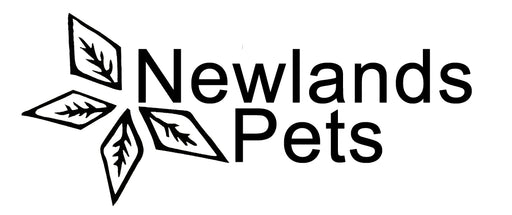What we wanted to talk about today is dog food labelling. We went down to Asda and got some standard dog foods from very large, very recognisable brands such as Bakers, Wagg and Cesar.
We wouldn’t normally stock these brands as we don’t think they’re very good quality and they don’t meet with our high standards. We did, however, include one brand which we do stock and think are absolutely awesome as a comparison. That being said we’re not here to judge, we genuinely believe you should feed your dog the way you want to. If your dog is getting on well with them then you’re
free to do what you think is best for your dog.We ended up with five different dog foods all quite different and all from different brands.
• Bakers Rich in Beef with Country Vegetables
• Canagan Free-Run Chicken
• Cesar with Chicken topped with Vegetables
• Harringtons Rich in Turkey with Veg
• Wagg with Chicken and Veg
However they all have one thing in common, they’re all classed as “complete” dog foods. What that actually means is that there’s enough nutrition in one day’s worth of food to maintain a healthy dog for one day. If you feed the recommended daily amounts you shouldn’t need to feed your dog anything else. This daily amount will vary between the different foods as they each provide different levels of nutrition but being complete means you won’t have to supplement the dog’s diet.
What we really want to get into though is the terminology they use in their titles.
There are a few key points easily visible on the packaging which give away a lot of information for those who know what to look for. The thing we’re looking at is how they describe their key ingredient and product. Here in the UK, there are certain rules on how dog food can be labelled which essentially divide the
foods into different bands. The first of these bands is use of the word “flavour”. If for example, a food is “Beef flavour” then it doesn’t actually need to contain any beef whatsoever in its ingredients. None of the above foods use this terminology, in fact, we’ve yet to find a complete food which does but they may well exist. We’re very much of a mindset that if a brand can label their food in a higher band then they will. So any food which is labelled with “flavour” while it technically could contain some of the ingredients it’s advertising, it’s fair to say it probably won’t.
The next band up from being able to say flavour is “with”. You can only label your food as for example “Wagg with Chicken and Veg” if it contains at least 4% of the named ingredient. In this example, it actually contains 5% Chicken and 4% Vegetables so it just falls within this range.
The other example “Cesar with Chicken topped with Vegetables” has to contain at least 4% chicken and 4% vegetables. The Cesar also contains only the bare minimum amount (4% each) of the named ingredients to be able to give themselves the title “With chicken”. Going up from there is the term “rich in” or “high in”. This band starts at 14% of the named ingredient so for example “Bakers rich in Beef with Country Vegetables” has to contain at least 14% Beef and 4% Vegetables. In fact, this is exactly what it does contain, once again just the bare
minimum to be able to qualify for the use of this title.
It’s only a very slightly better story with the “Harringtons rich in Turkey with Veg” as it contains 15% Turkey and 4% Veg, in this case, peas. Once you get as high as 26% of the named ingredient you’re eligible to use “dinner”, “menu” or to
completely dispense with being bound by terminology you can just name the ingredient.
For example “Canagan Free-Run Chicken” has to contain at least 26% Chicken. It actually contains a whopping 60% so fits nicely into this band as well as complying with our own standards as we won’t recommend anything which is less than 50% meat. You’ve probably guessed, Canagan is the one food in this list that we do stock.
A quick recap:
• Flavour = 0% of the named ingredient
• With = 4% to 14% of the named ingredient
• Rich in = 14% to 26% of the named ingredient
• Ingredient name only = 26% or higher of the named ingredient
Armed with this information it’s amazing how often you’ll spot dog foods which just meet the bare minimum amounts of the named ingredients to qualify for these bands. We always recommend turning the bag over and having a good look at the composition of any dog food you consider buying but this is a great way to weed out lower quality foods without even having to pick them up!
As we said, we firmly believe you should feed your dog how you want to. However in our experience, if you feed a better quality food with more meat in it the dog tends to be happier and healthier.
The amount of people who’ve come to us with dogs who are low on energy, scratch excessively, have runny stools or all manner of other problems which are all fixable by feeding a better quality diet is astonishing. The story doesn’t end there though! We’re now left with some foods which we’d never consider
selling. We’ve decided to give away all of the foods used in this article (including our beloved Canagan) as well as throwing in a big bag of one of our highest quality foods to an animal shelter/rescue.
If you want to download this onto your phone for when you are buying your dog food. Download a PDF copy here

Leave a comment